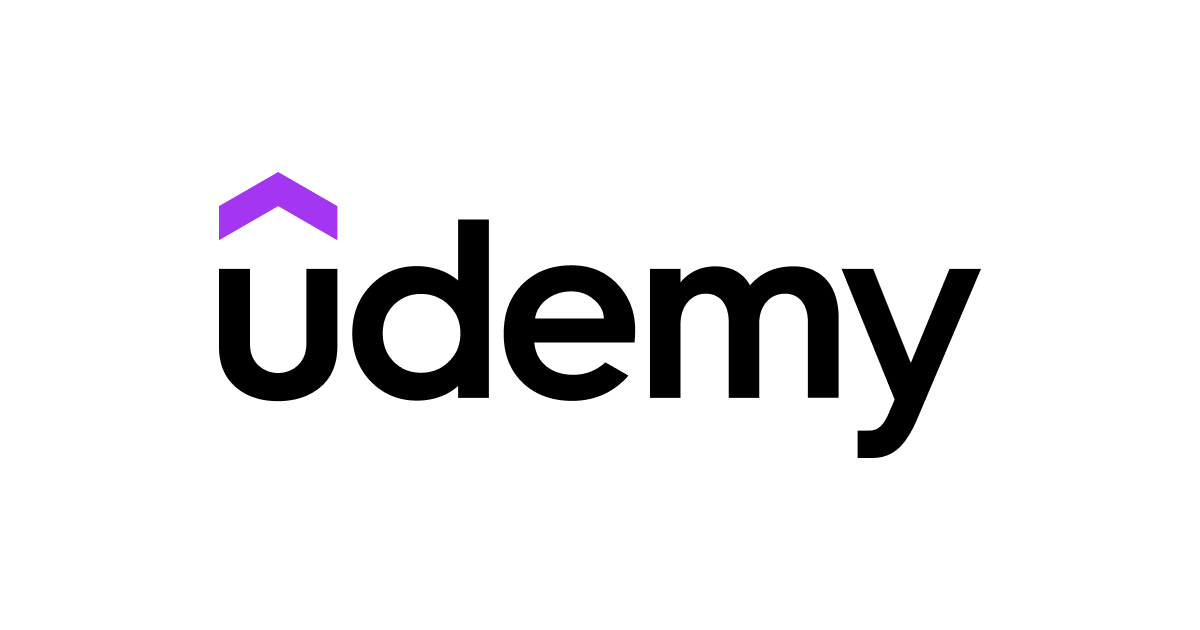
For several years, the number of high school graduates who return to college is on the decline. The average percentage of college-bound freshmen in 2010 was 35%, down from 20% in 2011. The percentage of Americans between the ages of 30 and 64 who are enrolled in postsecondary education is relatively stable, despite the drop. According to the Western Interstate Commission on Higher Education, there is a likely decline in the number people who earn a bachelor’s degree.
Although college enrollment rates are subject to variation based on socioeconomic status and race, they tend to be higher for students in the most wealthy quintile. Wealthier students also tend to pursue a two-year or associate's degree, whereas students from the lower quintile may be more likely to enroll in a four-year program. This trend is more evident for students of color than it is for whites. Students of color are more likely to go to college, but less likely to remain than students who are not part of a minority.

Many factors have been blamed for the drop in college enrollment. Many students from poor families struggle to pay for college. This is the main reason why they abandon college. Many students from low-income families are unable or unwilling to travel to college. Living in rural areas can present additional socioeconomic challenges. Students from high-income families often have more opportunities for education and jobs than students from lower-income families.
Approximately 33% of all U.S. high school graduates attend college looking for a job or other career. These figures are based on data collected from the National Student Clearinghouse Research Center. They are compiled from data from more than 3,600 institutions. Unfortunately, transfers are not included in federal data. Consequently, the data does not accurately reflect the number of high school graduates pursuing college.
In addition, the dropout rate among first-generation college students is higher than those with parents who have university degrees. This is a problem for colleges as there is a decreasing number of students and it is hard to replace those who leave. Some universities are attempting to address the problem by focusing on changing their business model. UC Berkeley, for instance, is one university that has been able increase the proportion of students who graduate after two years.
A declining number of high school graduates who go on to college is bad news in the United States. It is likely to weaken the country's competitiveness and quality of life. At the moment, 51 percent or so of Americans who complete high school go on to college. According to the Hechinger Research, a non-profit news organisation focused on inequality, the number of students who attend college will decrease to just 46% by 2020.

Colleges are particularly concerned about the low number of high school graduates who are enrolled in college. Colleges prefer to recruit from students who have attended high schools in wealthy areas. Many of the high school graduates who do enroll in college are the top scorers, but they often don't end up completing a bachelor's degree. Their prospects and earnings suffer as a direct result.
FAQ
What are some ways you can get scholarships?
To help pay college expenses, scholarships are grants. There are many types available in scholarships. These include:
-
Federal Grants
-
State Grants
-
Student Loans
-
Work Study Programs
-
Financial Aid
Federal grants are made directly by the U.S. government. Most federal grants require applicants to meet certain requirements. You will need to prove financial need.
State grants can be offered by the individual states. Some states offer these funds based on financial need; others award money for specific reasons.
Banks and lending institutions offer student loans. Students often borrow money to pay for tuition and living expenses.
Employers are encouraged to employ qualified students through work-study programs. Employers must pay their employees at least the minimum wage.
Financial aid helps low-income families afford college by covering most or all tuition costs.
What are the main types of early education?
There are many ways to explain early childhood education. These are the most popular:
-
Preschool - Children ages 2 to 5
-
PreKindergarten - Children ages 4 to 6
-
Head Start/ Headstart - Children ages 0 to 3
-
Day Care/ Daycares- Children aged 0-5
-
Child Care Centers: Children from 0-18
-
Family Child Care – Children aged 0-12
-
Homeschooling – Children from KG up to 16
What is homeschooling, exactly?
Homeschooling allows children to be educated at their own home by their parents. It's also known as home education, self-education, and home educating.
Families who wish to homeschool their children are well served by this option. This allows them access to a quality education while staying at home.
The parents educate their children from birth to high school. They choose which subjects to study and how long each subject should last. The student learns everything in their own time.
It is up to parents when they want to teach their children. Many schools recommend that children enroll in classes between the ages four and twelve. Some families decide to wait until kindergarten to start teaching their children.
Parents can use any number or resources to assist them in learning the curriculum. You can learn valuable lessons from books, videos, websites and magazines.
Many families find homeschooling fits well into their busy lives. Parents can spend more time with their children than in traditional public schools.
Are you able to teach early childhood education without going to college?
You can't, but it is worth considering going to college to get a degree in this field.
It is crucial to realize that teaching is not an easy job. There are lots of applicants who aren't accepted into programs each year. In addition, many people quit after just one semester of college.
A teacher must meet all requirements.
What are the alternatives to school?
The idea behind an alternative school is to offer students with learning difficulties access to education by providing them with support from qualified teachers who understand their individual needs.
Alternative schools provide special education opportunities for children with special needs.
Additional support is available if needed.
An alternative school is not just for those who have been excluded from mainstream schools.
They are accessible to all children, regardless if they have disabilities or abilities.
Should I be a specialist or branch out in one area?
Many students opt to specialize in one area (e.g. English History, Math) and not branch into many other subjects. It is not always necessary to become a specialist. For example, if you're considering becoming a physician, you could choose to specialize in either internal medicine or surgery. You can also become a general practice physician, with a focus in family medicine, neurology, psychiatry or gerontology. If you're interested in a career as a business professional, you can focus on management, finance or operations research. The decision is up to you.
What is the difference in school and college?
Schools are typically divided into classes or grades with a teacher who teaches students. Colleges are bigger organizations that offer more specialized courses and may include university-level courses. Colleges may focus more on business and science while schools will usually only teach basic subjects. The curriculum at both levels is designed to prepare students for further study at higher levels.
Statistics
- They are more likely to graduate high school (25%) and finish college (116%). (habitatbroward.org)
- Data from the Department of Education reveal that, among 2008 college graduates, 92.8 percent of humanities majors have voted at least once since finishing school. (bostonreview.net)
- They are also 25% more likely to graduate from high school and have higher math and reading scores, with fewer behavioral problems,” according to research at the University of Tennessee. (habitatbroward.org)
- These institutions can vary according to different contexts.[83] (en.wikipedia.org)
- Among STEM majors, that number is 83.5 percent. (bostonreview.net)
External Links
How To
What can I do to become a teacher in my area?
Teaching jobs are available in public elementary schools, private elementary schools, public middle schools, private middle schools, public secondary schools, private secondary schools, charter schools, private and parochial (Catholic) schools, public and private (non-religious) daycare centers, and other settings.
You must complete a bachelor's program at one of these institutions before you can become a teacher:
-
A four-year university or college
-
A program for associate's degrees
-
Two-year programs at community colleges
-
The combination of these types of programs
To qualify for certification for teaching positions, applicants must meet state requirements. These include passing standardized testing and completing an internship period.
The Praxis II test is required by most states. This test measures the candidate's knowledge of reading, writing, mathematics, and language arts.
A lot of states also require applicants to have a specialized licence before they can be certified to teach.
These licenses are issued annually by the state boards of education.
Some states grant licenses with no additional testing. In such cases, applicants should contact their state's board for education to find out if it is possible.
Some states don't grant licenses to applicants who haven't completed a masters degree program.
In some states, individuals can apply directly to the state education board for licensure.
Licenses vary widely in terms of cost, duration, and required coursework.
For example, some states require only a high school diploma, while others require a bachelor's degree.
Some states have specific requirements for training, such a literacy or child-development course.
Some states require applicants to hold a master's in order for them to be licensed.
Many states ask potential teachers about their past employment when applying to be certified.
You might mention that you have worked in another field on your application.
However, states are more than willing to accept previous work experience, regardless of the type of job.
Perhaps you would like to include your past job title, post, and years in service.
These information are often useful to potential employers.
It shows them that you have relevant skills and experiences.
You might have acquired valuable work experience or learned new skills while working.
Employers can see this in your resume.